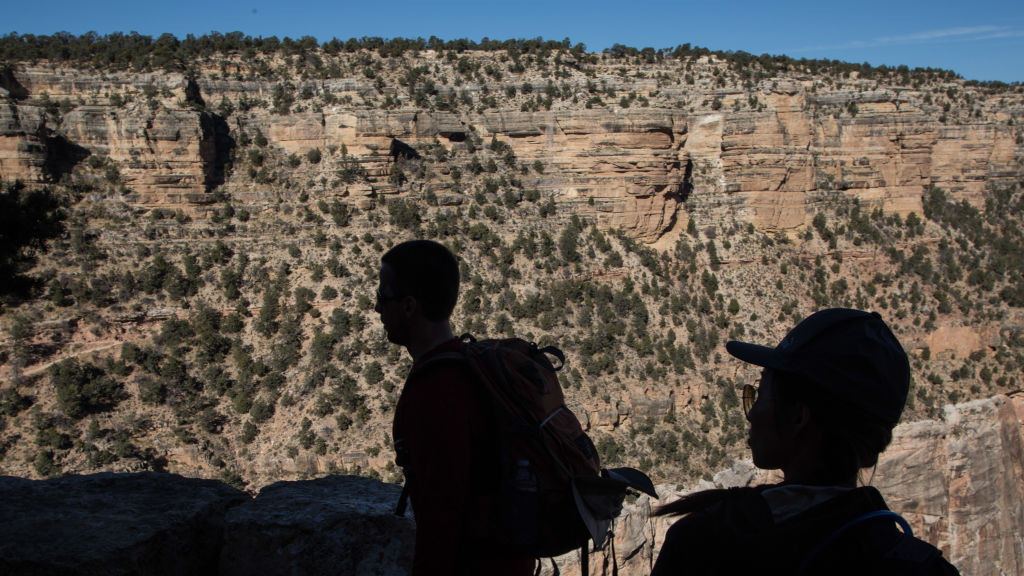I hit the trails to test the new, planet-friendly GORE-TEX fabric – here’s how it performs
Is the new ePE membrane really better for the planet? And will it keep you warm and dry on the trails? We found out on a trip to Cairngorms National Park
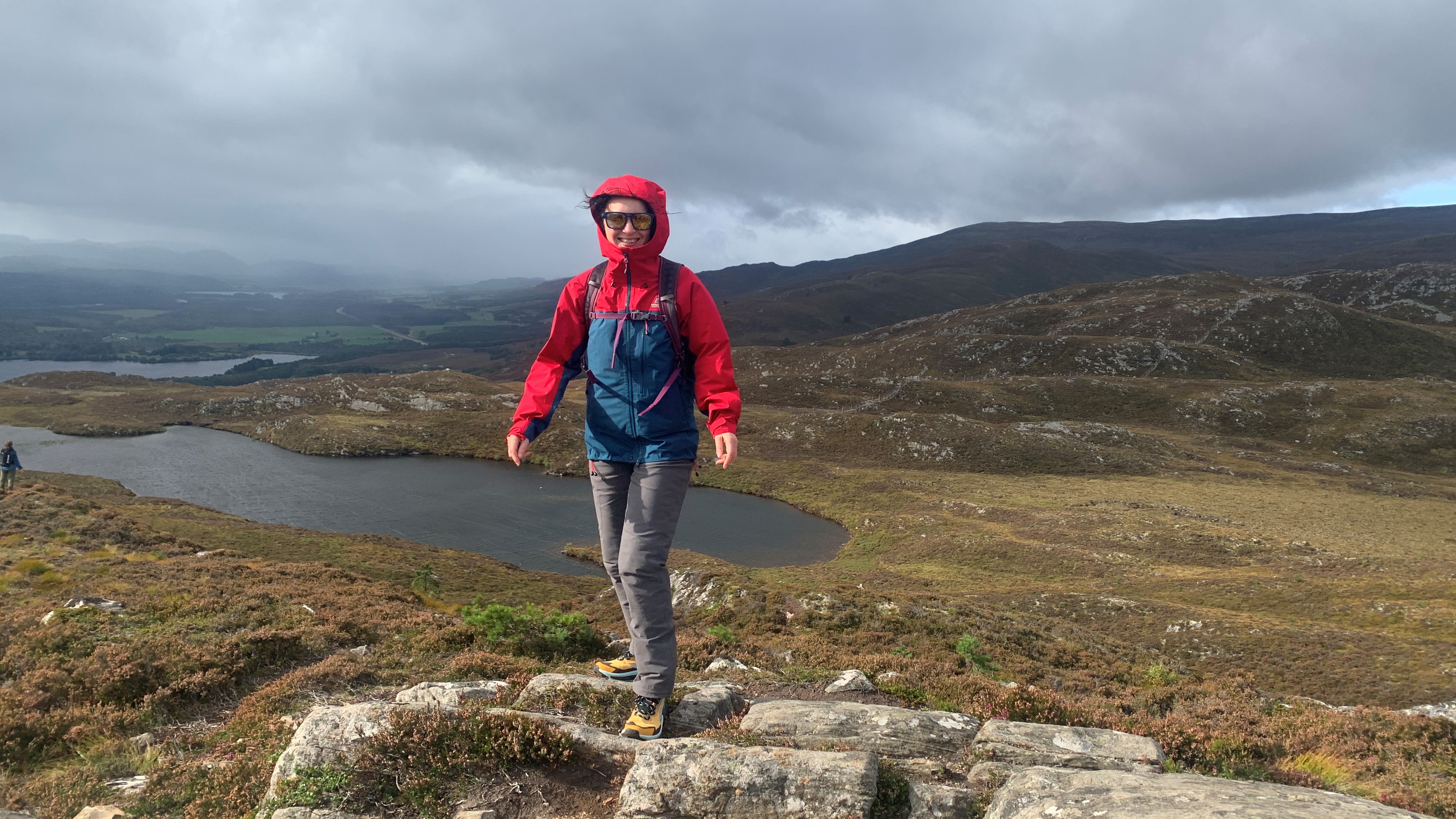
Huddled together in the shelter of a cluster of giant rocks, high up on a hillside in the Cairngorms, there are few things to be happier about than technical gear that protects you from the weather. Though we’ve just experienced an unseasonably hot week in September that had half of Scotland jumping in freezing cold lochs to cool off, the weather has taken a dramatic turn today.
When I woke up at my hotel in Aviemore here in the Scottish Highlands, a thick fog had descended, obscuring the mountain views I’d enjoyed when I stepped off the train a day earlier. The misty shroud has brought plummeting temperatures, and as we mountain bike from town around Loch An Eilan to the trailhead to begin our hike, my fingers nip with the cold and gray clouds threaten us overhead as we chain our bikes to a fencepost and begin walking.
Essentially, the weather couldn’t be better. We’re here, after all, to test out the new GORE-TEX membrane and what use is waterproof, windproof gear when it’s 75 degrees and sunny? The sudden change is welcome for our small group of journalists as we soon leave the trail and begin bushwhacking our way uphill – it didn’t look huge from below, but I quickly realize that’s because the hill we’re on is dwarfed by surrounding Munros and the incline proves steep enough to warrant breathable layers.
When we reach the top and sit down, I pull a down jacket on over my Montane Protium Lite Pull On then put my new Mountain Equipment Makalu three-layer jacket over the top and draw up the hood. It promises to be a “highly protective GORE-TEX jacket for hiking and mountaineering with a lighter environmental footprint” and though I know it will be seeing worse weather this year, it’s a good start for testing it. It’s not raining, but a strong, cold wind is whipping so over my Montane Ineo Pro hiking pants I pull on the Makalu pants.
On my feet, I’m also testing the new Adidas Terrex Free Hiker 2 GTX hiking boots, so by the time I’m fully dressed, everything but my hands and face is protected by GORE-TEX products. Now it’s time to sit back, eat a granola bar and see how cold I get.
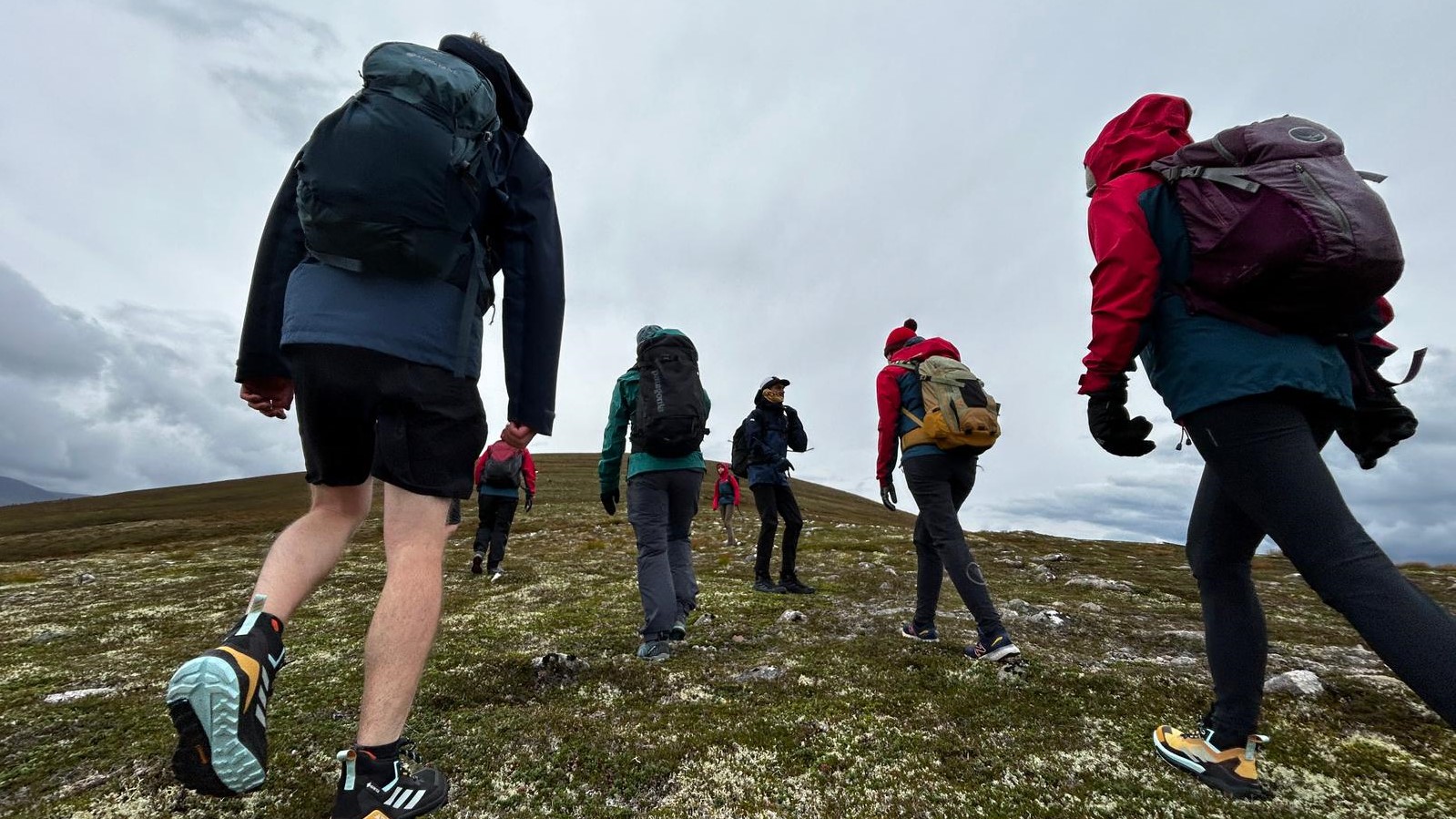
What is the new GORE-TEX material?
If you know anything about GORE-TEX, you’ll know two things: it’s extremely reliable when it comes to protecting hikers and mountaineers from rain and wind, and it doesn’t have a great track record when it comes to matters of sustainability.
In case you don’t know, GORE-TEX is a breathable, waterproof fabric made using an extended polytetrafluoroethylene (ePTFE) membrane. It was invented in 1969 by an American businessman and chemical engineer named Wilbert Gore, along with his son Bob. The story goes that Bob discovered extended ePTFE by accident when he stretched out the material rapidly instead of slowly. This caused the material to fill up with air which lends it its breathable quality and makes it perfect for outdoor gear.
Advnture Newsletter
All the latest inspiration, tips and guides to help you plan your next Advnture!
Today in the outdoor industry, GORE-TEX is as ubiquitous as Vibram soles and Polartec linings. It’s found in almost every piece of kit you can think of: hiking boots, waterproof jackets, ski gloves and tents. Despite being incredibly reliable as a first line of defense against cold, wind and rain, a lot of people aren’t happy about that, and that’s because the handy membrane turns out not to be so great for the environment.
GORE-TEX and other waterproof technologies have have attracted a great deal of attention for their use of a group of chemicals called perfluorochemicals which, according to the CDC, are a concern because they never break down and therefore build up in our landfills, water sources and even in our bodies. Though there is not yet conclusive evidence that these chemicals are harmful to human health, years ago under mounting pressure from consumers, GORE-TEX committed to phasing these chemicals out of their production by 2023.
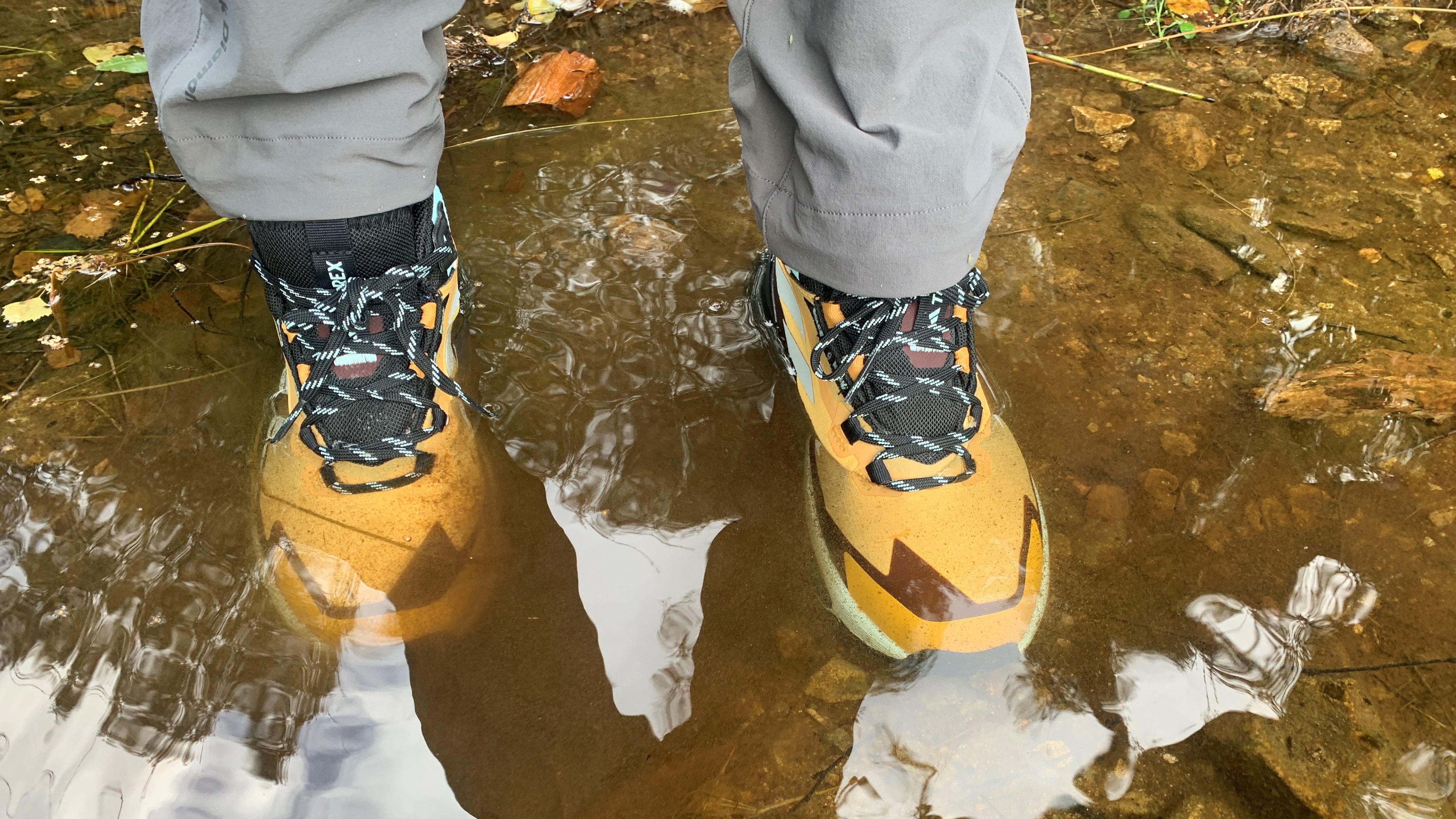
Well, folks, you might still be writing "2022" on all your checks, but it’s well into 2023 and right on target, the new membrane is here and is slowly starting to make its way into our outdoor gear. Known as their ePE membrane, which stands for expanded Polyethylene, the new membrane is still made using plastic, but as brand representative Cat Shearer explains to me, that ePE membrane is made using a non-fluorinated process, so it's entirely PFC-free. Basically, it’s the same plastic you’ll find in grocery bags and plastic bottles and according to Science Direct, one of the key advantages of Polyethylene is its durability, and in outdoor gear, that means a single garment should last longer. More durable fabrics should in theory equate to less consumerism, which is better for the planet.
It’s also 50 percent thinner than the previous membrane, which means it uses less resources in production, and as Shearer tells us, the company has switched to so-called Dope Dying, where the dying process takes place at the yarn level, meaning that far less water is used than dying the finished product. Finally, the membrane is bonded to fabrics containing recycled materials and treated with an FC-free DWR treatment.
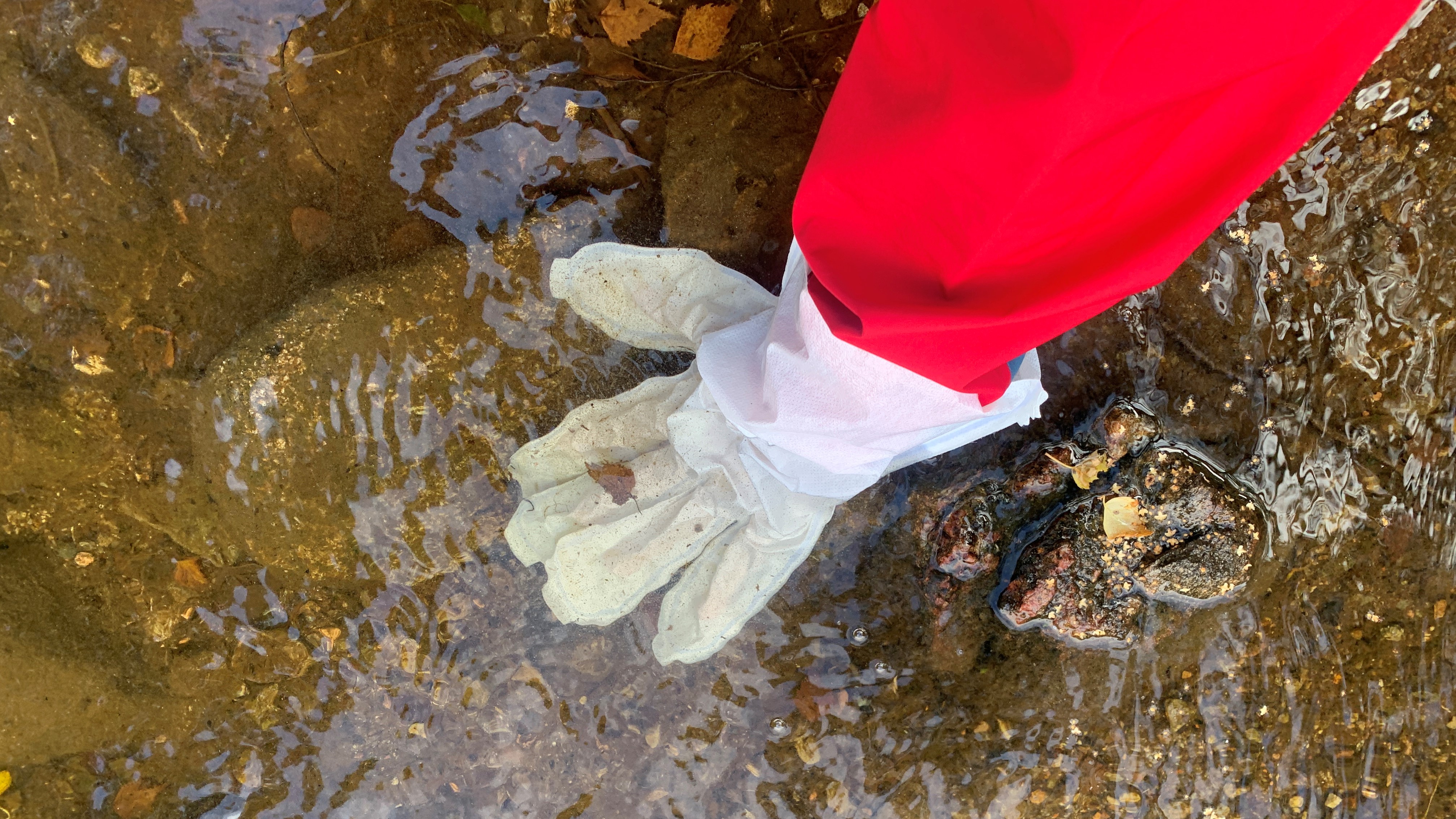
How does the new membrane hold up?
In short, the new GORE-TEX membrane is better for the planet, at least for a planet full of humans that aren’t likely to stop buying outdoor gear any time soon – but does it work as well as the old one? That’s the question we’re here to answer. After all, the last thing you want when you’re standing atop a mountain in a howling wind with a sideways rain is an unreliable jacket.
Not every GORE-TEX garment is the same, but every GORE-TEX item has three promises that it needs to uphold: it needs to be waterproof, windproof and breathable.
The first category isn’t as easy to test as we’d hoped. Despite Scotland having a reputation for being a rainy country, we enjoy mostly dry weather on this trip, so in the end we take to wearing liner gloves made from the new ePE membrane and dipping our hands in a pond for a while and I make sure to stand in the loch to test my boots. My hands and feet stay totally dry, and if you’re thinking that doesn’t prove much, the heavens do open when I get home to Glasgow later that day and the jacket holds true to its word.
It may not actually rain all the time in Scotland, but it is the windiest country (formerly) in Europe and we’ve no problem testing this one. The wind is biting here on the summit, and though it warms up the following day for our hike up to Craigellachie Rock, it’s blowing so strongly that I’m almost knocked off my feet a few times. This is par for the course when it comes to fall hiking in Scotland, but I’m pleased to say that within my GORE-TEX shell, I almost feel like I'm cocooned from nature’s assault and it provides both welcome warmth, and quiet.
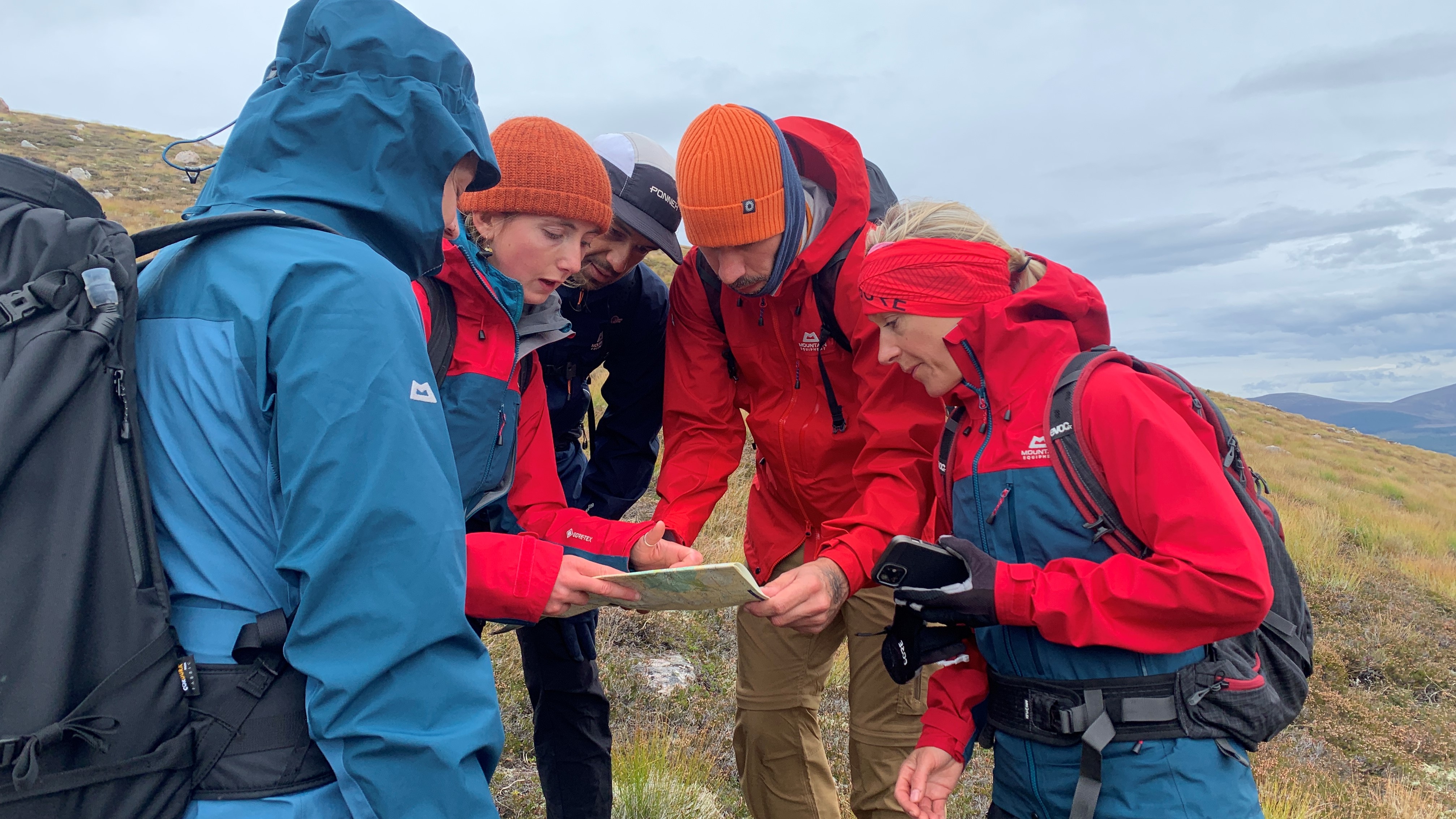
Finally, you’ve got the question of breathability. A huge chunk of Gore’s reputation rests on it being the most breathable option out there. We’d all love it if they can come up with something better for the climate, but none of us want to be sweating our way uphill either. On our freezing cold hike, I couldn’t possibly get ultra sweaty, but the following day, when things warm up a bit, I steadfastly keep my jacket zipped up on the steep sections to test its breathability, and do get a little sweaty, but unzipping the pit vents proves enough to keep going comfortably. In a real-life scenario, I might have taken it all altogether, but I trust that it’s breathable enough for steep climbs on mild days and that’s enough for me.
Am I surprised that the new membrane performs true to form? Not really. I know full well how well GORE-TEX works and as someone who spends their life in the outdoors, I trust it implicitly to keep me dry and warm. They’ve spent many years developing this new membrane and I wouldn’t expect them to release it to market if it wasn’t up to the task. But I am relieved that any GORE-TEX products I own moving forward will, at least, be a little kinder to the earth I love so much.
Julia Clarke is a staff writer for Advnture.com and the author of the book Restorative Yoga for Beginners. She loves to explore mountains on foot, bike, skis and belay and then recover on the the yoga mat. Julia graduated with a degree in journalism in 2004 and spent eight years working as a radio presenter in Kansas City, Vermont, Boston and New York City before discovering the joys of the Rocky Mountains. She then detoured west to Colorado and enjoyed 11 years teaching yoga in Vail before returning to her hometown of Glasgow, Scotland in 2020 to focus on family and writing.

